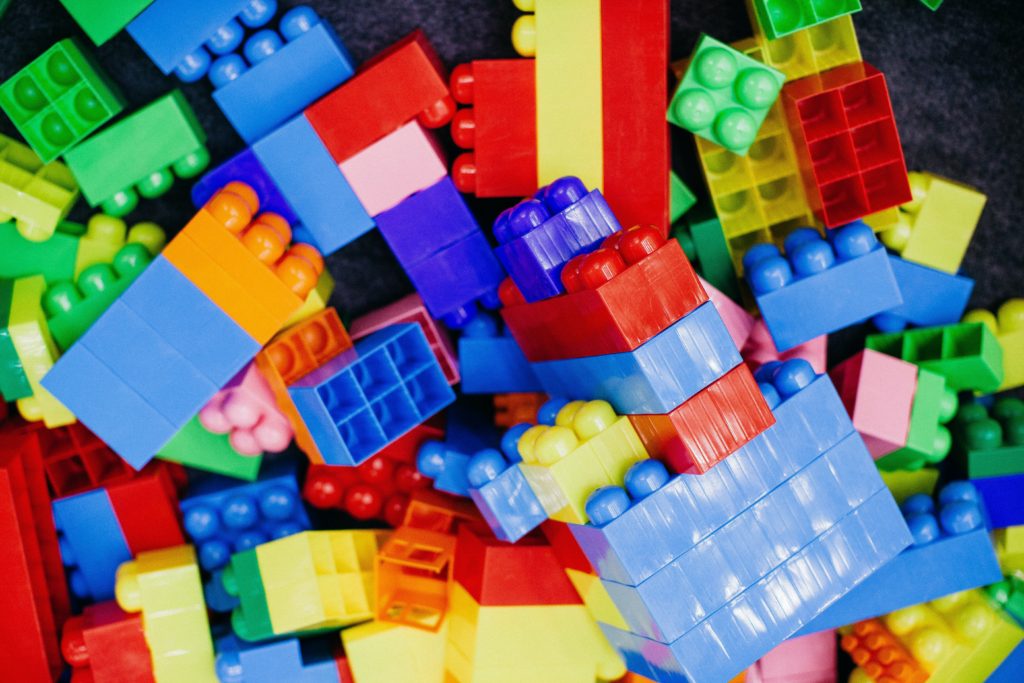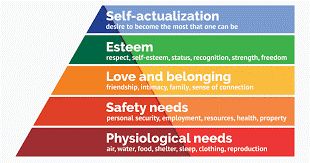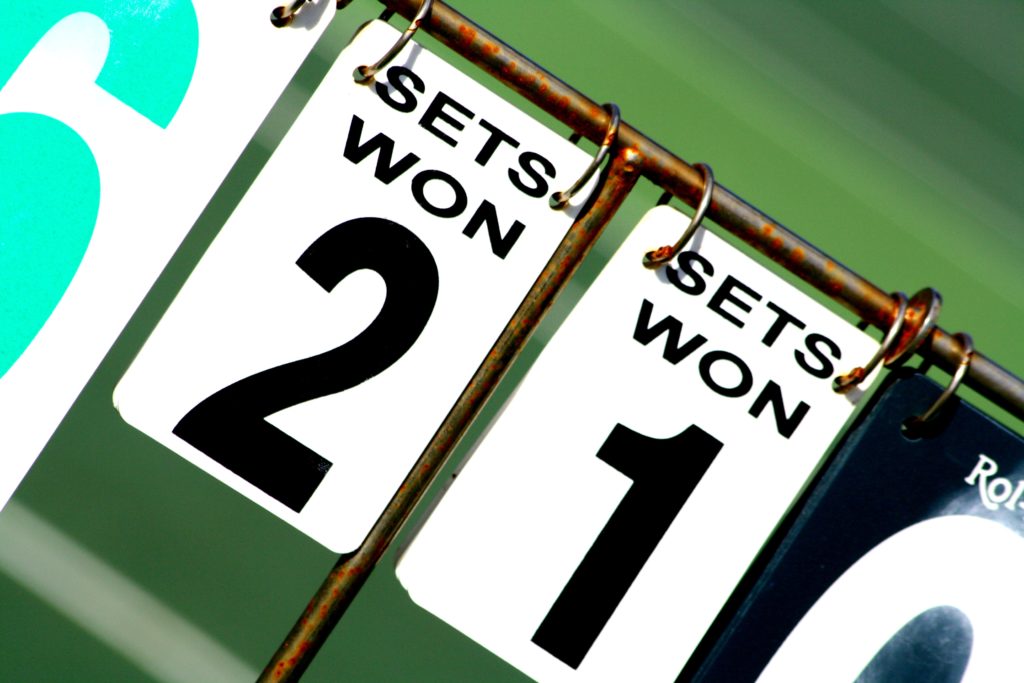
The Royal Game of Ur is possibly one of the oldest games in existence when its boards were discovered in an archaeological dig in the Middle East. A two-person race board game with elements of luck and strategy embedded in it, it was still played in its original form by Jewish settlers in Kochi, India till the 1950s! It is assumed that the game eventually evolved into backgammon and other board games. This infinite journey of a game through millennia shows how intrinsically games have been a part of human interactions much like art or occupations.
The definition of a game has been attempted by several intellectuals including Ludwig Wittgenstein but essentially it is characterised by four defining traits:
- A goal: A game’s goal is clearly defined and unambiguous. Often games have several mini-goals which yield points towards the ultimate goal
- Rules: A game has rules to define the scope of the player’s choice of actions throughout the game.
- A feedback system: The consequences of a player’s actions are usually presented immediately on taking action. This is the basis of the interactivity.
- Voluntary participation: This is the norm as most games are played for enjoyment
Gamification takes the elements of game mechanics and applies it to non-gaming environments. While the definition of gamification has gone through a few iterations, as per the Gartner glossary: “Gamification is the use of game mechanics to drive engagement in non-game business scenarios and to change behaviours in a target audience to achieve business outcomes.”
First coined in 2003 by Nick Pelling, a British computer programmer, the term quickly gained significance in technology circles and marketing functions. It has since then gone through a period of rapid rise in popularity in the 2010s across many different areas including operations, customer service and governance. It experienced a fall in grace when poorly designed gamification environments did not lead to necessary results. However, since then, with improved understanding and feedback, it has become more integrated as part of organisational functions across many industries.

Gamification and Motivation ![]()
Gamification relies on the psychology of motivation to drive engagement with players and encouraging them to play. While Maslow’s hierarchy of needs as a model is well known, Dan Pink has distilled it further into 3 key areas of Purpose, Autonomy and Mastery, if the lower-level needs stand fulfilled. For e.g., if you are starving it is highly unlikely you would participate in a game! Linking game mechanics to these needs is the core of gamification.

There are six different types of gamers as per Richard Bartle’s thesis on the subject:
- Socialisers: want to interact with others and create social connections
- Free Spirits: want to create and explore — they will experiment
- Achievers: look to learn new things and improve themselves
- Philanthropists: are altruistic, wanting to give to other people and enrich the lives of others
- Players: will do what is needed to collect rewards from a system
- Disruptors: want to disrupt your system, either directly or through other users. Can be positive or negative
Most people are a mix of these player types with certain traits dominating others. Now, this is where the mapping of gamification principles to motivation needs becomes critical.
- Physiological and Security Needs: Development of artificial scarcity in games maps to this need. A time limit on your fitness app to complete a certain exercise is an example. Other ways could be incentivising ownership of things like badges and points as you play a game. Achievers, players and disruptors are player types that thrive in this need spectrum.
- Belongingness Needs: Development of socialising elements in a game like a chat room or messaging capabilities that incentivise collaboration or competition. Leaderboards in apps like Strava and the ability to view, like and talk to users are examples of this. Socialisers are natural player type for this need area.
- Esteem Needs: Different skill levels are ways of engaging the players by giving a sense of accomplishment. Players are the gamer type most incentivised by this.
- Self Actualisation – Purpose: A greater purpose than just collecting points is often required to keep the players motivated. A narrative to the game, elements like developing a forum and assigning someone to manage it are ways purpose can be built in. Often it is the Philanthropists that love these elements of the game.
- Self Actualisation – Autonomy: An element of exploration or growth is important to keep gamers involved. Differing paths, choice development and multilevel story telling are ways that autonomy in a game is managed. Free Spirits are the gamer type that get attracted to autonomy elements.
- Self Actualisation – Mastery: This is what growth across different skill levels of the game with appropriate reward and feedback attempts to achieve. This way the player gets a clear view of their growth and develops a sense of achievement. Achievers are the player types that need this element of the game.
Building a game with effective purpose, with elements that address various needs that help in the achievement of that purpose and drive successful engagement, is an extremely delicate task and often a point of failure. Disingenuousness is easily detected by humans and makes the task of designing for emotions, while ensuring achievement of organisational objectives, rather tricky!
Applications of Gamification
Organisations can apply gamification to marketing campaigns, product development efforts, sales activities or any other business or non-business process. The goals of the game elements being applied must be connected in a meaningful way to the business activity.
Typically, the goals of gamification in business activity centres around the following:
- Improve engagement with customers, workers, and the marketplace
- Enable personal development and growth
- Encourage competition toward achieving business goals
- Foster collaboration for shared outcomes
- Improve productivity in core business activities

Let us look at some applications by sector:
Banking: Moven was one of early challenger banks which billed itself as a “Fitbit for your wallet” and used digital analytical tools to understand your average spend , incentivise saving and provide rewards accordingly. Its model has since been adopted by several fin-techs and traditional banks as a way of engaging customers who often view banking as a necessary chore and not a game!
Contact Centres: When Noble Gamification won the 2020 CCW Excellence Award for Workforce Innovations Solution of the Year, it truly underscored how gamification processes have revolutionised productivity in the contact centre business. Competitions (agent vs agent, team vs team, location vs location), real time feedback loops on progress, coaching and learning based on feedback and a rewards system based on productivity gains were some of the standout features of their offering. These are now becoming de rigeur processes in many contact centres and are embracing both human and bot features of contact centre capabilities.
Learning: Duolingo is a language learning platform used by more than 70 million people worldwide. Gamification has been built into every lesson to make learning languages fun and addictive. These features include currency (earned based on activity), point systems, skill levels and user voting on translations. From on-boarding training to cash till management to learning about CPR, learning management systems (LMS) in many industries like McDonald’s, Heineken, PwC and LifeSaver are increasingly adopting gamification features.
Governance: When Amitabh Kant of Niti Aayog spoke of “competitive federalism”, as part of the Aspirational Districts programme initiative, he touched on the importance of data-driven competition among districts for achieving better development outcomes. Increasing civic engagement, driving healthy citizen behaviour and bringing diverse government departments together are some of the examples of successful gamification objectives adopted by governments.
Hospitality: KFC Japan created a marketing campaign that not only informed customers but also incentivised them to try KFC’s new Shrimp products through discounted voucher rewards. The campaign concept was a Fruit Ninja style game, with the story of Ebi shrimp taking over the chicken dominated world of KFC, and it was up to the player to defend the KFC castle. The response was phenomenal with in-store sales increase of 106% and high customer engagement. Loyalty cards, mini in-store games and community apps are other ways companies from Starbucks to Hilton develop customer engagement using gamification.
In the end
Designing a game for your business should be linked to a specific business objective, clear measurements and identification of user community to start with. With the proliferation of technology, it might be tempting to assume gamification is easier but as “Gamification by Design” co-author Gabe Zichermann states: “Gamification is 75% Psychology and 25% Technology.” A gamified process should provide a worthwhile user experience, its success has to be measured continuously and its feedback loops should be strong.
Ultimately, as Brian Burke (VP, Gartner) says, successful and sustainable gamification can convert customers into fans, turn work into fun, or make learning a joy.
REFERENCES
1. https://cxloyalty.dk/news-resources/gamification-banking-rise-experiential-bank/
2. https://everyonesocial.com/blog/gamification-strategy-tips/
3. https://directorsclub.news/2020/09/07/noble-gamification-receives-2020-ccw-excellence-award/
4. https://www.growthengineering.co.uk/definition-of-gamification/
5. https://neilpatel.com/blog/gamification-for-better-results/
6. https://www.businessnewsdaily.com/4541-gamification.html
7. https://insights.learnlight.com/en/articles/5-benefits-of-gamification-in-learning/
8. https://www.govtech.com/civic/GT-September-2017-Boosting-Engagement-by-Gamifying-Government.html
9. https://govinsider.asia/security/four-ways-governments-are-using-gamification/
10. https://www.weforum.org/agenda/2019/10/what-is-cooperative-and-competitive-federalism-india/
11. https://www.iyfnet.org/blog/7-lessons-learned-gamification-india

Disclaimer: The views, thoughts, and opinions expressed in the content belong solely to the author, and not necessarily to the author’s employer, organisation, committee, or other related groups or individuals, including Marg Advisory Services.


